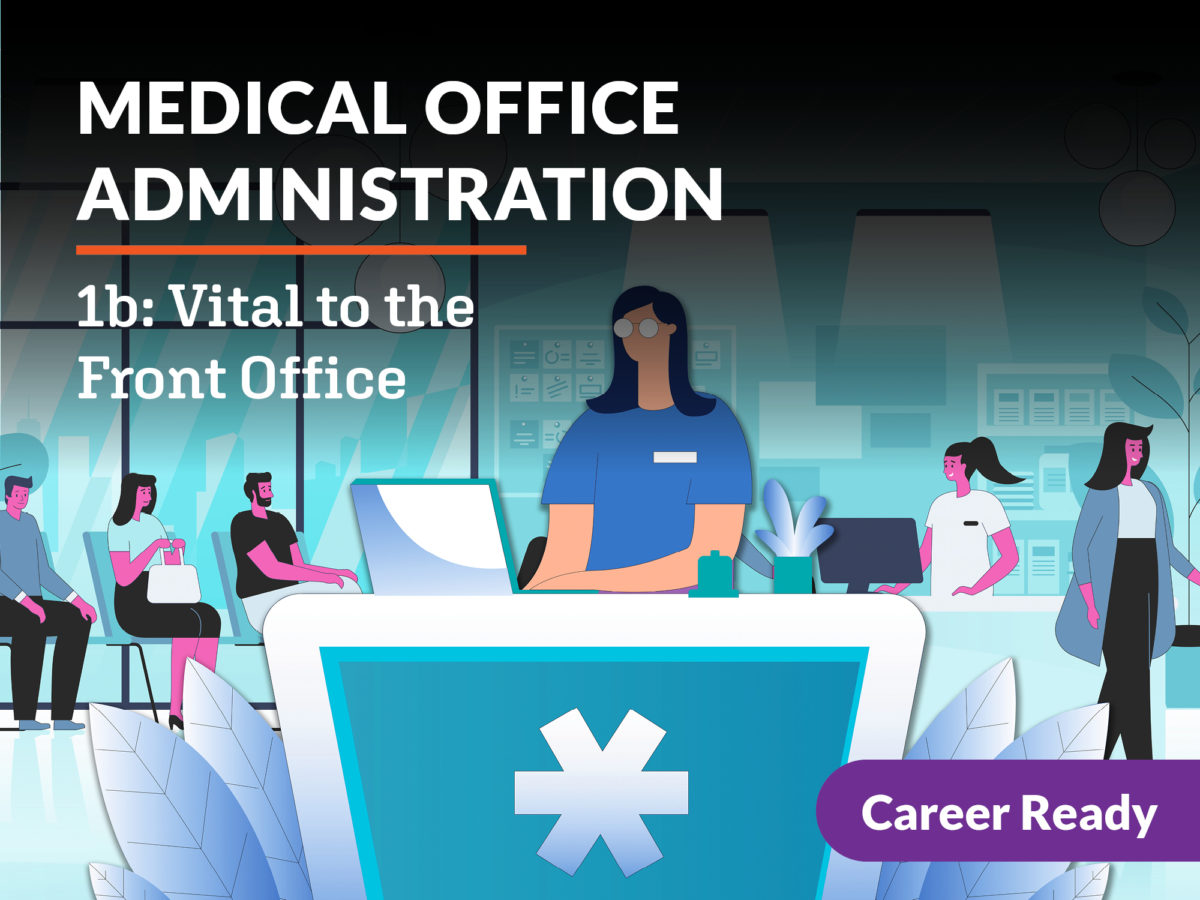Just how to Start an Effective Occupation in Medical Administration: A Novice's Overview
Just how to Start an Effective Occupation in Medical Administration: A Novice's Overview
Blog Article
Best Practices in Medical Management for Improving Performance and Lowering Expenses
In the ever-evolving landscape of health care, the search of best practices in clinical administration is paramount for boosting effectiveness and suppressing costs. By integrating advanced modern technologies such as electronic health documents and telemedicine, medical care suppliers can streamline procedures and improve patient treatment.
Leveraging Advanced Technology
The integration of electronic services into healthcare systems has changed the means centers operate, simplifying processes and boosting patient care. By centralizing person info, EHRs eliminate the demand for troublesome documentation and help with smooth interaction among medical care carriers.
Telemedicine is another technological improvement that has changed patient communication. It uses benefit for both patients and medical care specialists by allowing remote assessments, which can lower the requirement for in-person gos to and maximize visit organizing. Furthermore, telehealth platforms can extend health care access to rural or underserved areas, bridging voids in treatment delivery.
In addition, the use of Artificial Knowledge (AI) and maker discovering is becoming increasingly prevalent in anticipating analytics, permitting early detection of possible health and wellness problems and even more informed decision-making. These modern technologies, when integrated properly, can boost analysis accuracy and customize patient treatment plans, eventually causing boosted medical care outcomes and functional performance.
Optimizing Resource Appropriation
Efficient resource allowance is vital for maximizing the performance of medical management. By strategically managing resources such as employees, devices, and finances, medical care facilities can significantly boost their functional performance, boost individual results, and lower unnecessary expenditures. The initial step in optimizing resource allocation involves conducting an extensive evaluation of present possessions and recognizing areas where resources might be underutilized or exhausted. This evaluation should be data-driven, making use of metrics and analytics to inform decision-making processes.
Prioritizing source allowance based on patient demands and solution needs is essential. Carrying out versatile staffing versions can additionally maximize labor sources by changing workers allotment in response to rising and fall client volumes.
Funds should be thoroughly kept an eye on and designated with tactical foresight to sustain both short-term functional needs and long-term institutional objectives. This consists of investing in training programs that boost personnel proficiencies and adopting energy-efficient techniques that lower functional expenses (medical administration). Ultimately, a maximized resource allotment method promotes a sustainable healthcare environment that is responsive, efficient, and financially prudent
Streamlining Process Procedures
When medical care facilities aim to enhance functional effectiveness, improving operations procedures comes to be a crucial focus. Effective workflows reduce redundancy, remove unnecessary steps, and enhance control amongst medical care experts. This method not only speeds up solution delivery however likewise boosts the quality of client care.

Following, modern technology combination plays a significant role in simplifying operations. Executing digital health documents (EHRs) and digital doctor order access (CPOE) systems decreases documents, decreases human error, and makes sure information is available to all appropriate employees. In addition, leveraging telemedicine platforms can streamline patient consultations and follow-ups, lowering the stress on physical framework.

Inevitably, streamlined workflows cause cost decreases and improved person contentment, promoting a more lasting medical care environment.
Enhancing Data Management
Structure upon structured process, optimizing data management ends up being a vital component ahead of time medical care administration. Effective data administration systems are important for keeping accurate individual documents, boosting decision-making, and website link guaranteeing conformity with regulatory requirements. By executing robust data monitoring remedies, healthcare facilities can boost the quality of person care while at the same time reducing functional expenses.
One key facet of boosting information administration is the assimilation of advanced electronic wellness document (EHR) systems. These systems facilitate the smooth exchange of client information across different departments, lowering replication of tests and minimizing errors. A well-designed EHR system supports data analytics, allowing doctor to determine trends and make notified decisions pertaining to patient treatment.
Furthermore, safeguarding patient data is vital. Adopting extensive cybersecurity actions, consisting of security and regular audits, guarantees the integrity and privacy of delicate details. This not just safeguards clients yet additionally maintains the organization's credibility.
Purchasing staff training is one more critical variable. Educating healthcare experts on information management methods boosts their capacity to properly use technology, leading to improved patient results. In conclusion, boosting data monitoring with advanced technology and comprehensive training is crucial for attaining efficiency and expense decrease in medical administration.
Fostering Collaborative Communication
A More about the author crucial part ahead of time medical administration is fostering collective interaction amongst healthcare experts. Reliable interaction is paramount for making certain smooth client care, maximizing therapy results, and reducing mistakes. By motivating open discussion and sychronisation throughout multidisciplinary teams, health care companies can improve their operational performance and reduce unnecessary costs.
Central to this method is the integration of communication innovations such as digital wellness documents (EHRs) and safe messaging special info platforms, which promote the fast exchange of crucial client information. These tools allow doctor to access and share data in real time, making sure that all employee are educated and aligned in their decision-making processes. Normal group conferences and interdisciplinary rounds can additionally advertise a society of cooperation and liability.
Training programs concentrated on improving communication skills are also crucial. Eventually, promoting collaborative interaction leads to improved health care shipment and price savings.

Verdict
Incorporating innovative innovation, such as electronic wellness documents and telemedicine, along with enhanced source appropriation and streamlined operations processes, is vital for boosting efficiency in clinical administration. Effective information administration and fostering collaborative communication among medical care teams are critical for lessening redundancies and enhancing treatment high quality. By prioritizing precautionary care and taking part in high quality enhancement initiatives, healthcare companies can accomplish substantial expense financial savings and improved person outcomes, therefore ensuring sustainable healthcare shipment in an increasingly intricate setting.
Report this page